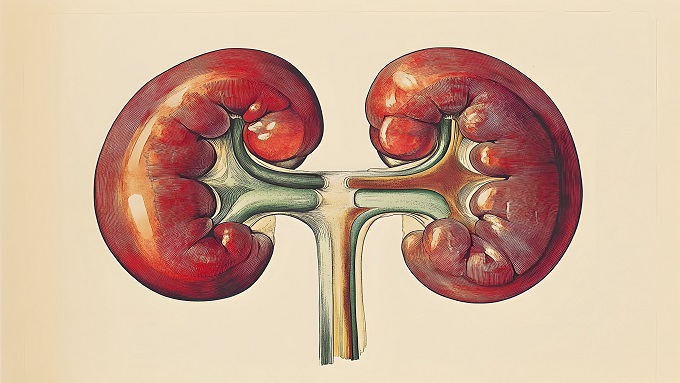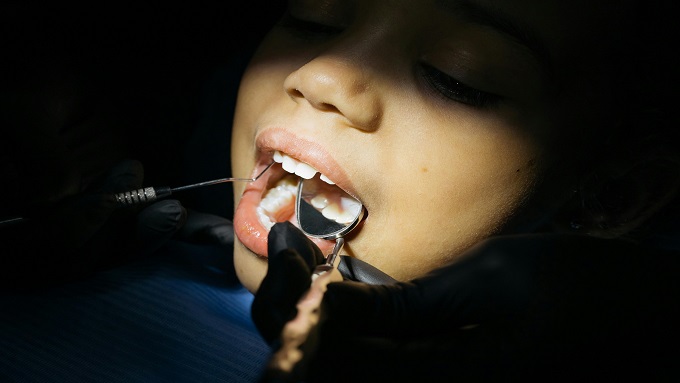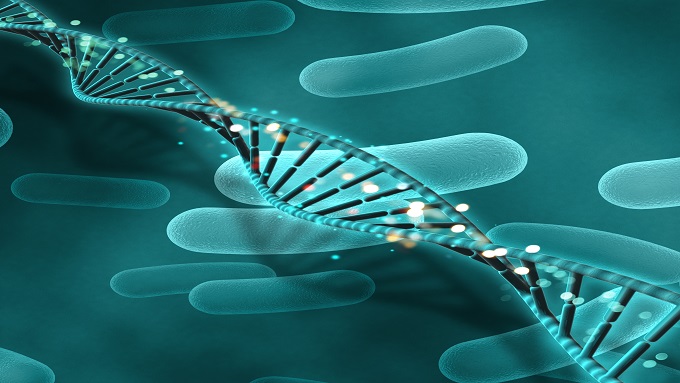EXPOSURE TO GOAT BILE FOR 28-DAYS CAUSES HEPATOCYTE INJURY: A HISTOPATHOLOGICAL STUDY

Downloads
Highlights:
1. Bile consumption, especially goat bile, is believed to have therapeutic effects even though it contains harmful ingredients that can cause toxic effects on the liver
2. The administration of goat bile for 28 days had a toxic effect on the liver of the mice based on histopathological findings
Abstract:
Background: Bile consumption by Indonesians is believed to have therapeutic effects, especially goat bile. Goat bile is thought to contain harmful ingredients that can cause toxic effects on the liver. However, the 28-days oral toxicity study of goat bile has not been performed. Objective: To analyze the hepatotoxic effect of subchronic administration of goat bile on the liver of mice (Mus musculus). Material and Method: This was an experimental research with a post-test-only control group design. The samples used were 32 Balb/C mice (Mus musculus), which were grouped into 4 groups. The samples were administered with goat bile orally (3.2, 6.4, or 12.8 mL/kg/day) for 28 days. The liver was taken for histopathological examination and the hepatocytes injury score was performed. The scoring results were analyzed using Kruskal-Wallis, Mann-Whitney, and Spearman correlation tests (p<0.05). Result: Goat bile administration was associated with hepatocyte injury (p= 0.004). Groups with goat bile administration of 6.4 and 12.8 mL/kg/day had significant differences with the control group (p= .015 and .029 respectively) and the 3.2 mL/kg/day administered group (p= 0.006 and 0.009 respectively). Moreover, the increased administration of goat bile had a positive correlation with the level of hepatocyte injury (p= 0.004 and r_s= 0.504) Conclusion: Goat bile administration for 28 days had a significant toxic effect on the liver of mice at a dose of 6.4 mL/kg/day.
Arwati, H. Hapsari, W.T. Wardhani, K.A., Aini, K.N. Bahalwan, R.R. Wardhani, P. et al., 2020. Acute and subacute toxicity tests of goat bile in BALB/c mice. Veterinary World, 13(3): 515–520. doi: 10.14202/vetworld.2020.515-520.
Ashby, K. Navaro Almario, EE. Tong, W. Borlak, J. Mehta, R. et al,. 2018. Review article: Therapeutic bile acids and the risks for hepatotoxicity. Alimentary Pharmacology & Therapeutics, 47(12): 1623–1638. doi: 10.1111/apt.14678.
Cai, S.Y. Ouyang, X. Chen, Y. Soroka, C.J. Wang, J. Mennone, A. et al., 2017. Bile acids initiate cholestatic liver injury by triggering a hepatocyte-specific inflammatory respons. JCI Insight, 2(5). doi: 10.1172/jci.insight.90780.
Centers for Disease Control and Prevention (CDC)., 1996. Hepatic and renal toxicity among patients ingesting sheep bile as an unconventional remedy for diabetes mellitus--Saudi Arabia, 1995. MMWR. Morbidity and Mortality Weekly Report, 45(43): 941–3.
Hofmann, A.F. Hagey, L.R., 2014. Key discoveries in bile acid chemistry and biology and their clinical applications: History of the last eight decades. Journal of Lipid Research, 55: 1553–1595. doi: 10.1194/jlr.R049437.
Kitamura, T. Srivastava, J. DiGiovanni, J. Liguchi, K., 2015. Bile acid accelerates erbB2-induced pro-tumorigenic activities in biliary tract cancer. Molecular Carcinogenesis, 54(6): 459–472. doi: 10.1002/mc.22118.
Kumar, V. Abbas, A. Aster, J., 2018. Robbins Basic Pathology. 10th edn. Philadelphia: Elsevier.
Li, M. Cai, S.Y. Boyer, J.L., 2017. Mechanisms of bile acid mediated inflammation in the liver. Molecular Aspects of Medicine, 56: 45–53. doi: 10.1016/j.mam.2017.06.001.
Mescher, A. 2016. Junqueira's basic histolog: text and atlas. 14th edn. New York: Mc Graw Hill Education.
Organisation for Economic Co-operation and Development., 2008. Test no. 425: Acute oral toxicity: Up and down procedure. OECD (OECD Guidelines for the Testing of Chemicals, Section 4). doi: 10.1787/9789264071049-en.
Perez, M.J. Briz, O., 2009. Bile-acid-induced cell injury and protection. World Journal of Gastroenterology, 15(14): 1677. doi: 10.3748/wjg.15.1677.
Prasetiawan, E. Sabri, E. Ilyas, S. 2012. Gambaran histologis hepar mencit (Mus Musculus L.) strain ddw setelah pemberian ekstrak n-heksan buah andaliman (zanthoxylum acanthopodium dc.) selama masa pra implantasi dan pasca implantasi. Saintia Biologi, 1(1): 40–45.
Raufman, J.P. Dawson, P.A. Rao, A. Drachenberg, C.B. Heath, J. et al., 2015. Slc10a2 -null mice uncover colon cancer-promoting actions of endogenous fecal bile acids. Carcinogenesis, 36(10): 1193–1200. doi: 10.1093/carcin/bgv107.
Reshetnyak, V.I., 2013. Physiological and molecular biochemical mechanisms of bile formation. World Journal of Gastroenterology, 19(42): 7341. doi: 10.3748/wjg.v19.i42.7341.
Ridlon, J.M. Bajaj, J.S., 2015. The human gut sterolbiome: bile acid-microbiome endocrine aspects and therapeutics. Acta Pharmaceutica Sinica B, 5(2): 99–105. doi: 10.1016/j.apsb.2015.01.006.
Song, P. Zhang, Y. Klaassen, C.D. 2011. Dose-response of five bile acids on serum and liver bile acid concentrations and hepatotoxicty in mice. Toxicological Sciences, 123(2): 359–367. doi: 10.1093/toxsci/kfr177.
Sudardi, B., 2011. Deskripsi antropologi medis: manfaat binatang dalam tradisi pengobatan. Perpustakaan Nasional Republik Indonesia, 2(2): 56–75. doi: 10.37014/jumantara.v2i2.136.
Tonin, F. Arends, I.W.C.E., 2018. Latest development in the synthesis of ursodeoxycholic acid (UDCA): A critical review. Beilstein Journal of Organic Chemistry, 14: 470–483. doi: 10.3762/bjoc.14.33.
Wang, D.Q.H., 2014. Therapeutic uses of animal biles in traditional Chinese medicine: An ethnopharmacological, biophysical chemical and medicinal review. World Journal of Gastroenterology, 20(29), p. 9952. doi: 10.3748/wjg.v20.i29.9952.
Woolbright, B. L. Li, F. Xie, Y. Farhood, A. Fickert, P. et al., 2014. Lithocholic acid feeding results in direct hepato-toxicity independent of neutrophil function in mice. Toxicology Letters, 228(1): 56–66. doi: 10.1016/j.toxlet.2014.04.001.
Copyright (c) 2022 Rizki Isnantono Prabowo, Nurina Hasanatuludhhiyah, Nily Sulistyorini, Kusuma Eko Purwantari

This work is licensed under a Creative Commons Attribution 4.0 International License.
1. The journal allows the author(s) to hold the copyright of the article without restrictions.
2. The journal allows the author(s) to retain publishing rights without restrictions.
3. The legal formal aspect of journal publication accessibility refers to Creative Commons Attribution 4.0 International License (CC-BY).
































